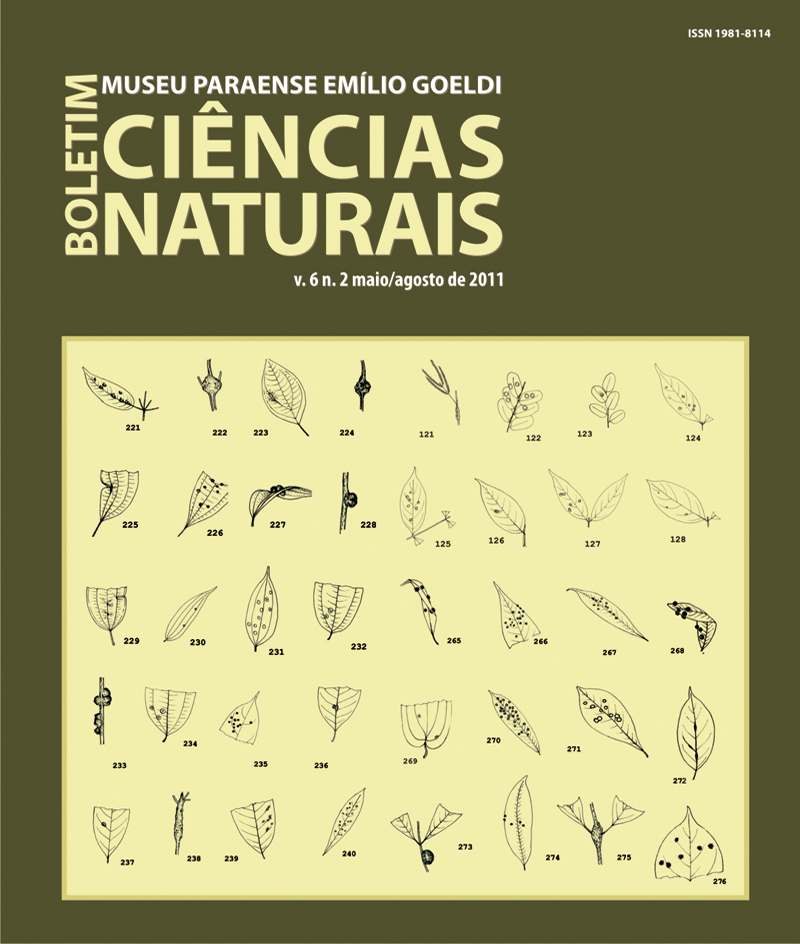Avifaunal inventory of the Amazonian savannas and adjacent habitats of the Monte Alegre region (Pará, Brazil), with comments on biogeography and conservation
DOI:
https://doi.org/10.46357/bcnaturais.v6i2.618Keywords:
Avifaunal survey, Amazonian savannas, Biogeography, Natural history, Conservation, Aratinga maculataAbstract
Knowledge of the avifaunal composition of Amazonian savannas is important in facilitating a greater understanding of the patterns of evolution of the regional biota. Despite this, this vegetation type has been poorly sampled in comparison to adjacent rainforest habitats. The aim of this paper is to provide an avifaunal inventory of the savannas and other adjacent habitats of Monte Alegre, on the left bank of Amazon River, northwestern Pará, Brazil. Our survey is based both on our own fieldwork and on previously-collected specimens deposited in museums. A total of 300 bird species have been recorded in the region. Ninety-four species (31.3%) were restricted to a single habitat type, indicating that habitat heterogeneity is important to the overall species richness. Despite the fact that the Monte Alegre savannas present typical species restricted to this habitat, several open-country birds that occur in larger savanna areas located on the borders of Amazonia (along the Atlantic coast and close to the ‘cerrado’ boundaries) were not recorded in this area. Although Monte Alegre is species impoverished relative to other savanna regions in the Amazon basin, the Monte Alegre savannas shelter the Sulfur-breasted Parakeet (Aratinga maculata), a vulnerable species in Pará state that is only known from the Guianan area of endemism (Aleixo et al., 2011). We also comment on biogeography, taxonomy, noteworthy records, natural history and conservation of the regional avifauna.
Downloads
Published
Issue
Section
License
Publication means fully assigning and transferring all copyrights of the manuscript to the journal. The Liability Statement and
Assignment of Copyrights will be enclosed with the notice of acceptance. All the authors must sign the document and return it to the journal.








